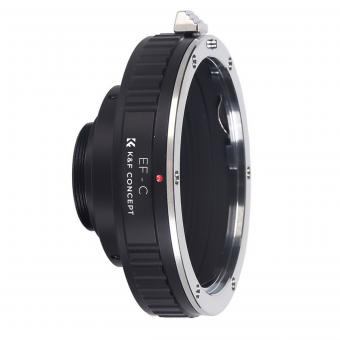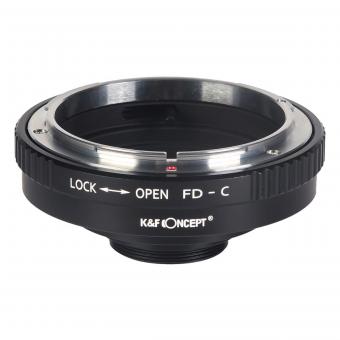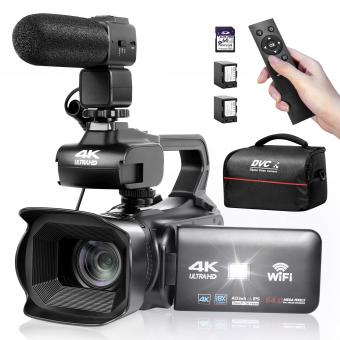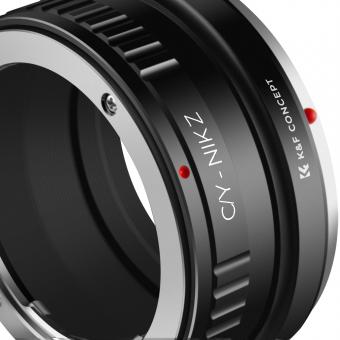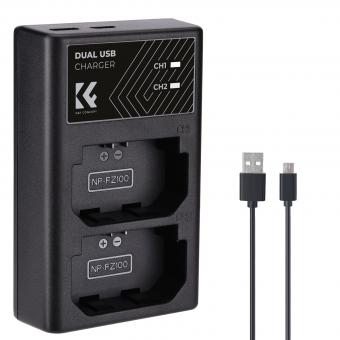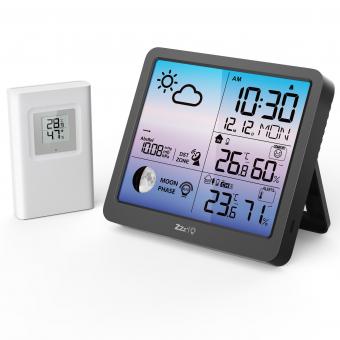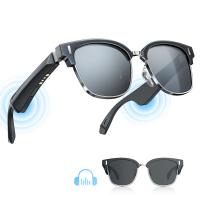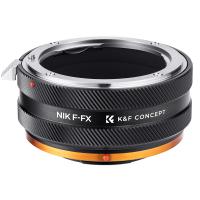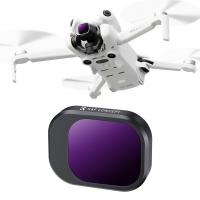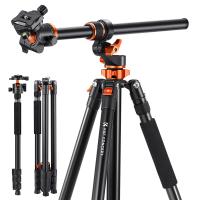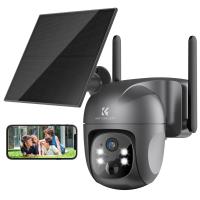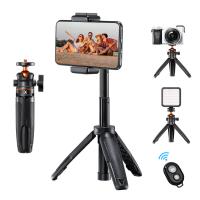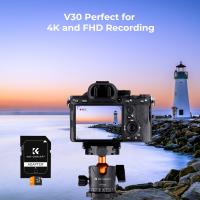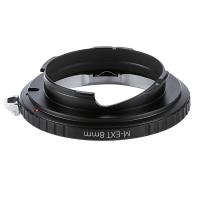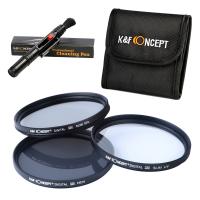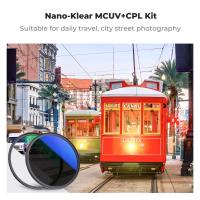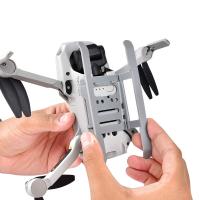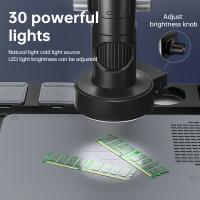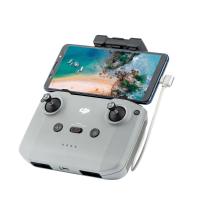How To Transfer Film From Camcorder To Computer ?
To transfer film from a camcorder to a computer, you will need to connect the camcorder to the computer using a USB cable or Firewire cable. Once connected, turn on the camcorder and set it to playback mode. On the computer, open the video editing software or media player and select the option to import or capture video from the camcorder. Follow the prompts to transfer the film to the computer. Once the transfer is complete, you can edit or save the film as desired.
1、 Camcorder connection types
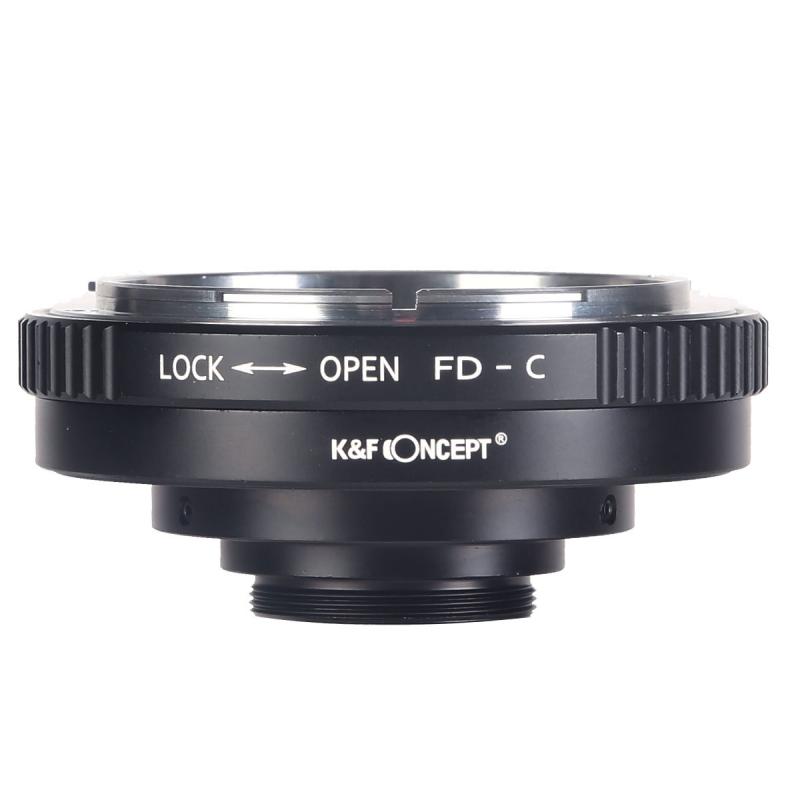
How to transfer film from camcorder to computer depends on the type of connection available on your camcorder. There are several types of camcorder connection types, including USB, FireWire, HDMI, and AV cables.
USB is the most common connection type and is available on most modern camcorders. To transfer film from a camcorder to a computer using USB, simply connect the camcorder to the computer using a USB cable and follow the on-screen instructions.
FireWire is another popular connection type, especially for professional-grade camcorders. To transfer film from a camcorder to a computer using FireWire, you will need a FireWire cable and a FireWire port on your computer.
HDMI is a newer connection type that offers high-quality video and audio transfer. To transfer film from a camcorder to a computer using HDMI, you will need an HDMI cable and an HDMI port on your computer.
AV cables are the oldest type of connection and are typically used on older camcorders. To transfer film from a camcorder to a computer using AV cables, you will need an AV cable and a video capture device.
In addition to these connection types, some camcorders also offer wireless transfer options, such as Wi-Fi or Bluetooth. These options allow you to transfer film from your camcorder to your computer without the need for cables.
Overall, the best way to transfer film from a camcorder to a computer will depend on the specific camcorder and computer you are using. It is important to check the user manual for your camcorder and computer to determine the best method for transferring your film.
2、 Computer connection types
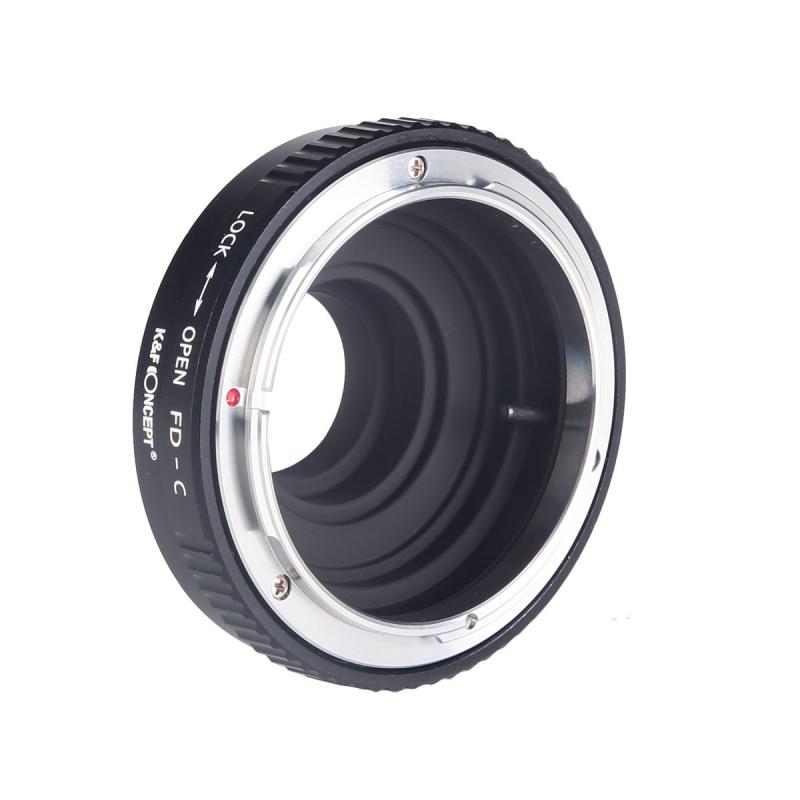
How to transfer film from camcorder to computer is a common question among those who want to edit and store their videos digitally. The process of transferring film from a camcorder to a computer can be done through various computer connection types. The most common computer connection types are USB, FireWire, and HDMI.
USB is the most common connection type used to transfer film from a camcorder to a computer. It is a simple and easy way to transfer files, and most computers have USB ports. However, USB is not the fastest connection type, and it may take longer to transfer large files.
FireWire is another connection type used to transfer film from a camcorder to a computer. It is faster than USB and is commonly used by professional videographers. However, FireWire ports are not available on all computers, and it may require an adapter to connect the camcorder to the computer.
HDMI is a newer connection type that is becoming more popular for transferring film from a camcorder to a computer. It provides high-quality video and audio, but it may require a special adapter to connect the camcorder to the computer.
In conclusion, the process of transferring film from a camcorder to a computer can be done through various computer connection types. USB, FireWire, and HDMI are the most common connection types used for this purpose. The choice of connection type depends on the user's needs and the availability of ports on their computer.
3、 Software for transferring film
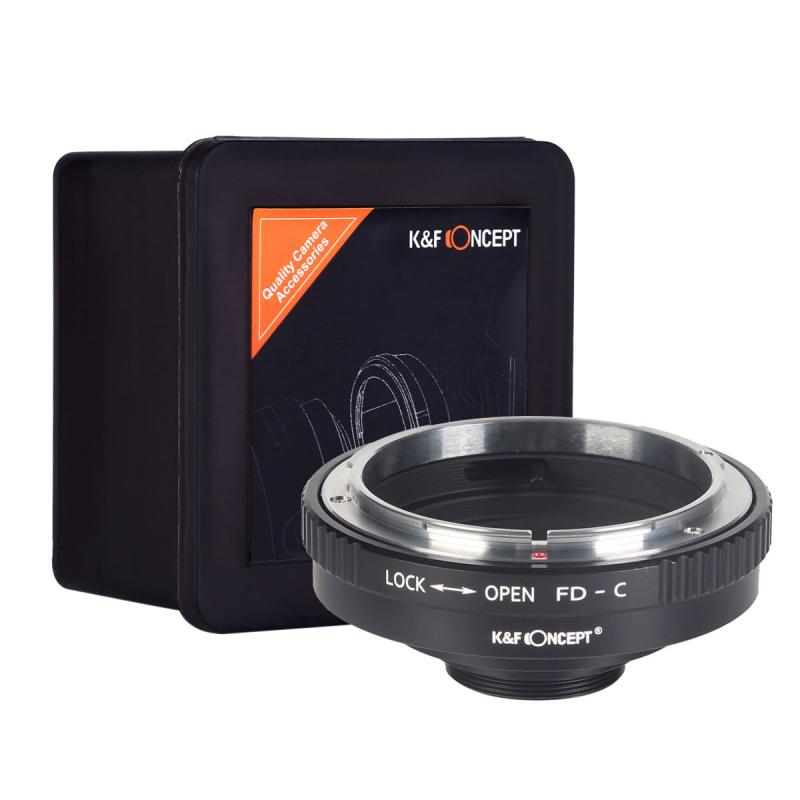
How to transfer film from camcorder to computer is a common question among those who want to edit and store their videos digitally. The process is relatively simple and can be done using a USB cable or memory card reader. First, connect the camcorder to the computer using the USB cable or insert the memory card into the card reader. Then, open the video editing software on the computer and import the video files from the camcorder or memory card. Once the files are imported, they can be edited and saved onto the computer's hard drive or an external storage device.
There are also various software options available for transferring film from a camcorder to a computer. Some popular options include Adobe Premiere Pro, Final Cut Pro, and iMovie. These software programs offer advanced editing features and can help to enhance the quality of the video footage. Additionally, some camcorders come with their own software for transferring and editing videos.
It is important to note that the process of transferring film from a camcorder to a computer may vary depending on the make and model of the camcorder and the computer. It is recommended to refer to the user manual or online resources for specific instructions.
In recent years, cloud-based storage and editing platforms have become increasingly popular for transferring and storing video footage. Platforms such as Dropbox, Google Drive, and iCloud offer convenient and secure options for storing and sharing video files. Additionally, some video editing software programs now offer cloud-based storage and collaboration features, allowing multiple users to work on the same project from different locations.
4、 File formats for film transfer
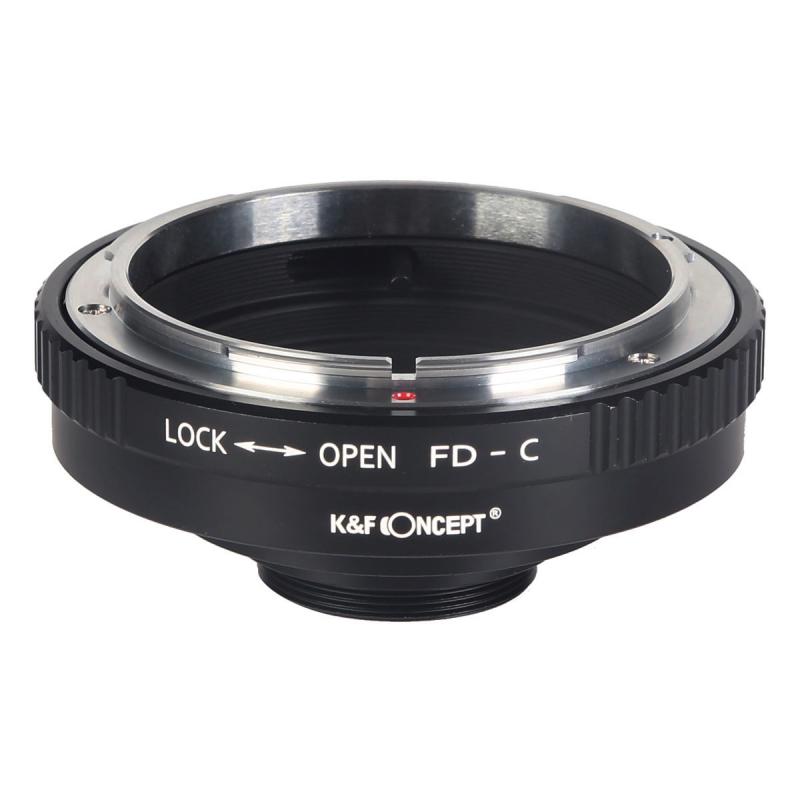
How to transfer film from camcorder to computer:
1. Connect your camcorder to your computer using a USB cable or Firewire cable.
2. Turn on your camcorder and set it to playback mode.
3. Open your video editing software on your computer.
4. Import the video files from your camcorder into your video editing software.
5. Edit your video as desired.
6. Export your edited video in the desired file format.
File formats for film transfer:
When transferring film from a camcorder to a computer, it is important to choose the right file format. The most common file formats for video are MP4, AVI, and MOV. MP4 is the most widely used format and is compatible with most devices. AVI is a high-quality format that is compatible with most video editing software. MOV is a format used by Apple devices and is compatible with Final Cut Pro.
In recent years, there has been a shift towards using higher quality file formats such as ProRes and RAW. These formats offer higher quality and more flexibility in post-production, but require more storage space and processing power. It is important to consider the intended use of the video when choosing a file format. For example, if the video is intended for online streaming, a compressed format such as MP4 may be more appropriate. If the video is intended for theatrical release, a higher quality format such as ProRes may be necessary.
Overall, the choice of file format depends on the intended use of the video, the capabilities of the computer and editing software, and the amount of storage space available.



